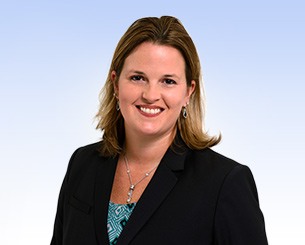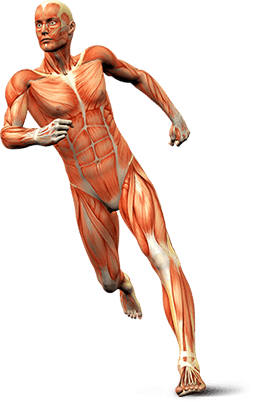Q. What are some of the benefits of advanced cartilage restoration when compared to other treatment options?
Connecticut sports medicine specialist Dr. Katherine Coyner answers questions about ACL tears.
Q. What are some of the common causes of an ACL tear?
A. We usually see these in patients who play sports that involve twisting, such as soccer, basketball, or football. It can also be common in people with dangerous occupations, like police officers, firefighters, or roofers, or other active patients.
Women are up to eight times more likely than their male counterparts to have ACL injuries, due to a range of factors. As a former college athlete, I saw a lot of my teammates affected by this. Being able to help them get back to play is very important. And I had an ACL tear myself and had surgery, so I’ve experienced the whole spectrum of treatment, from having a teammate tear her ACL and be out for a season, to being able to treat patients and getting them back to the field, and experiencing it personally.
Q. What treatments are available for ACL tears?
A. When a patient’s anterior cruciate ligament (ACL) tears, it typically doesn’t heal, which can cause instability in the knee. Sometimes a patient doesn’t need surgery – especially if he or she isn’t experiencing instability or doesn’t plan on doing sports. But for people who want to get back to sports or have an active lifestyle, we typically recommend ACL reconstruction, along with physical therapy to help regain motion and strengthen the muscles.
Today, ACL reconstruction is a very common procedure. With recent advances in arthroscopic surgery, the procedure can be done with minimal incisions, which means faster recovery and lower complication rates.
Q. What type of ACL reconstruction surgery does UCONN offer?
A. We perform an anatomic ACL reconstruction, performed arthroscopically – something not every sports medicine facility offers. We place the new ACL in the same position as the patient’s original ACL, which allows it to function more like the original ligament. Compared to older techniques, outcomes for stability and for participating in sports is much better with anatomic reconstruction.
We are also able to very promptly diagnose patients and get them treated quickly, whether their ACL injuries require surgery, physical therapy, or other treatment. We can do it all here, which minimizes a patient’s time away from work, school, or sports.
Q. What can a patient expect after ACL surgery?
A. Physical therapy is an integral part of ACL tear treatment, and we work to get patients started as soon as possible. When they’re treated for an isolated ACL tear, patients are walking normally after two weeks. After four months, they’re running straight ahead, and by six months they’re doing more agility type activities.
Although ACL reconstruction has a relatively long rehab process, people do very well from it, and we have a high rate of return to sport.

















